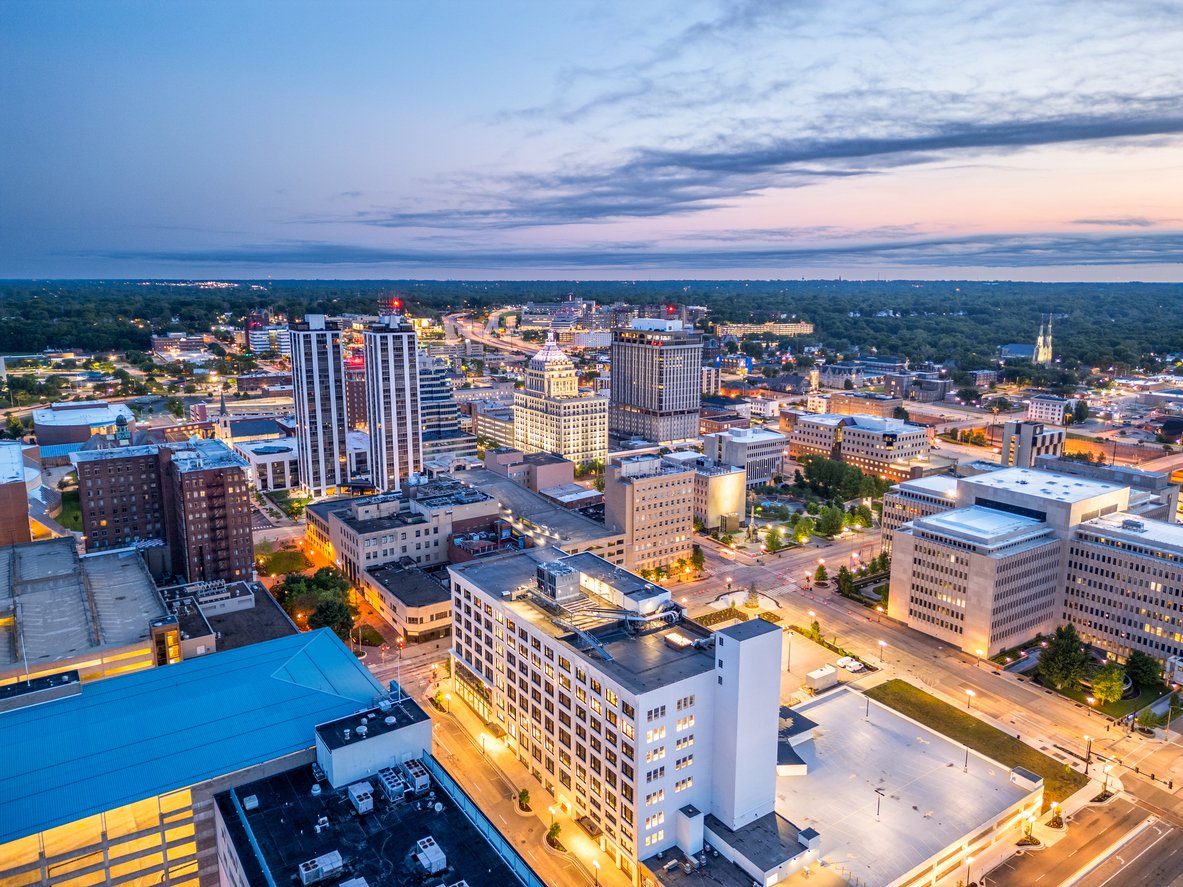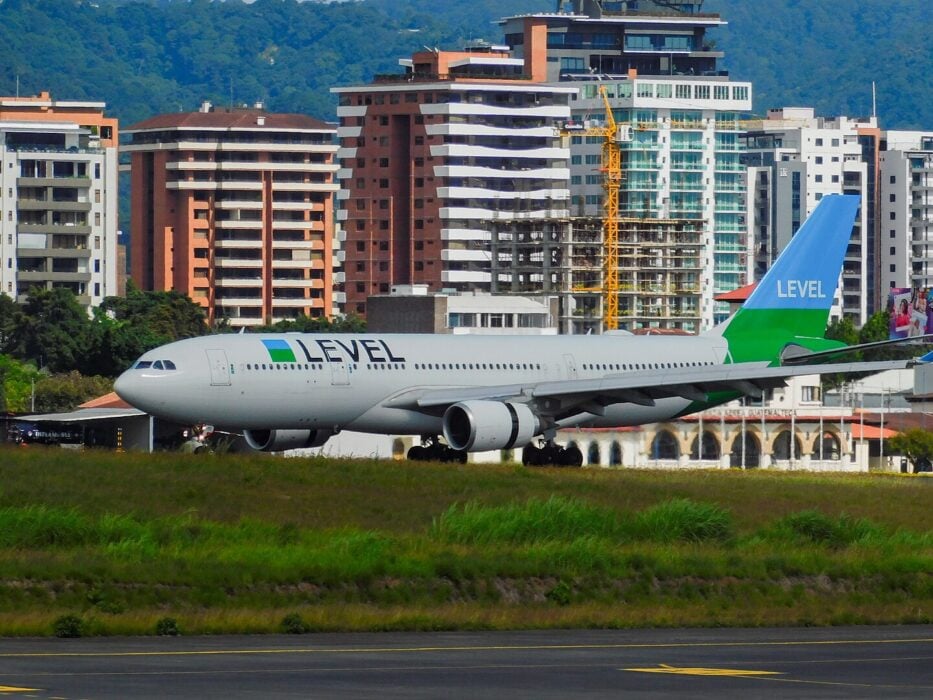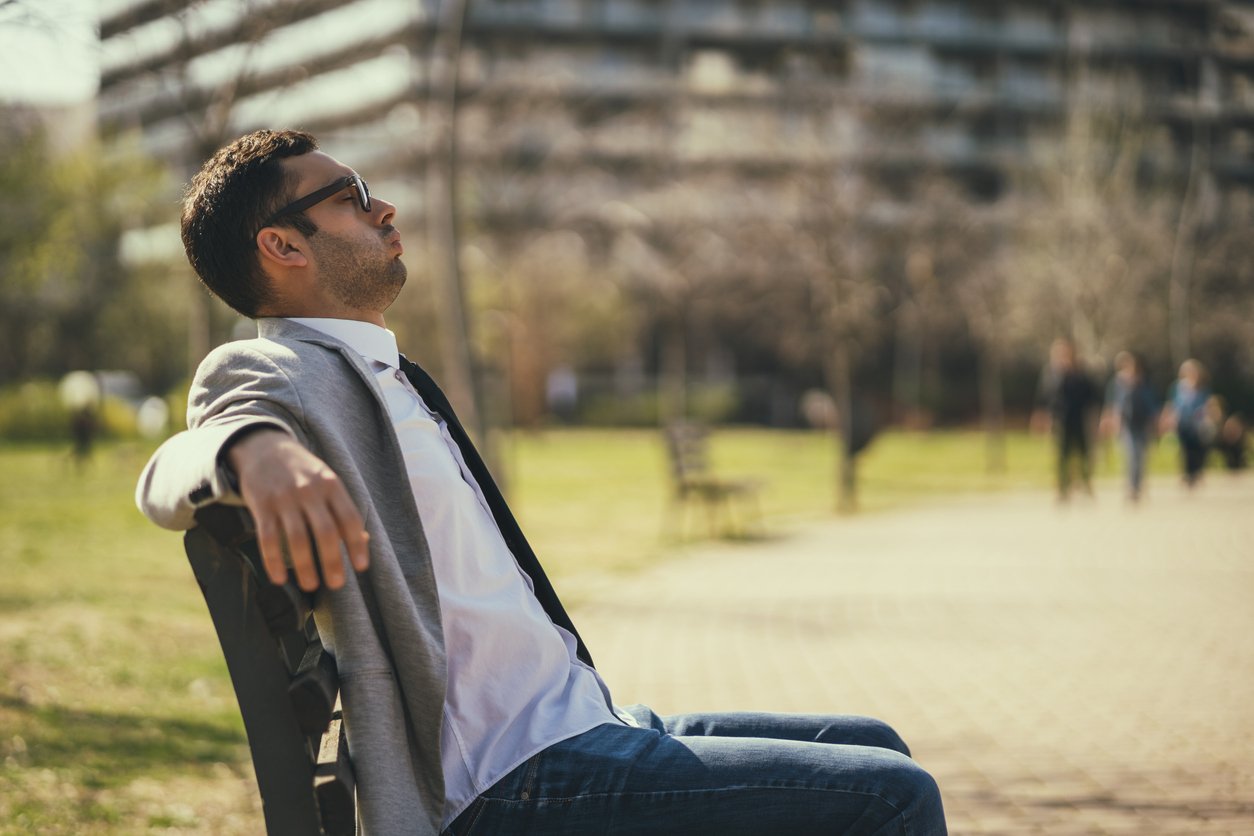Discover why locals avoid certain business travel spots after dark for safety concerns.

Business travel often brings professionals to bustling urban centers, but many popular districts lose their daytime vibrancy once night falls. Areas usually filled with workers and visitors can become quiet, isolated, and unfamiliar, which may increase safety risks. Understanding which business hotspots locals steer clear of after hours helps travelers plan smarter, ensuring they navigate these environments with greater awareness and caution.
1. Downtown Business Districts Often Quiet Down and Feel Less Welcoming After Hours.

Downtown business districts transform significantly once the sun sets. Bustling offices and crowded cafes turn into empty streets and shuttered buildings. In the absence of business meetings and lunch crowds, the area’s vibrancy diminishes, making these once-bustling thoroughfares feel unfamiliar and potentially unsettling.
Locals often find these quiet streets less comforting at night, where shadows stretch longer and fewer eyes are around to witness events. Travelers accustomed to daytime hustle might underestimate the change, overlooking the increased risks of walking alone in poorly lit areas devoid of the energy that fills them daily.
2. Financial Centers Can Lose Their Liveliness When Evening Sets In.

Financial centers, hubs of activity by day, shed their crowded charisma in the evening. When trading floors and offices close, the emptied skyscrapers and deserted plazas create a stark contrast to their daytime dynamism, casting a quiet unease over normally busy streets.
While tourists fill landmark-adjacent neighborhoods, these business-focused areas may feel deserted. Without the constant flow of professionals, restaurant-goers, and commuters, travelers might find the solitude unsettling. The absence of bustling security and the thinned-out foot traffic heighten vulnerabilities, making these areas feel less secure during nighttime hours.
3. Industrial Parks Tend to Be Isolated and Less Safe at Night.

Industrial parks, designed for work, transform after dark. Bustling workers and frequent deliveries give way to large, silent avenues cut off from their daytime activity. These expansive spaces, often separated from residential areas, seem isolated and echo with emptier sounds once business hours cease.
The absence of homes or after-hours venues can make these regions desolate at night. Those unfamiliar with the layout might find it challenging to navigate safely. Fewer people around means less help nearby if needed, underscoring the importance of knowing where to go—and where to avoid—after hours.
4. Convention Centers Usually Empty Out Completely Once Events Conclude.

Convention centers are vibrant beacons during events but shift entirely when attendees depart. Once conventions wrap and displays come down, large, empty halls and abandoned lots replace the colorful bustle. This stark transition leaves the surrounding neighborhoods nearly devoid of foot traffic by nightfall.
With each exhibition booth disassembled, nearby day-dependent businesses close up shop too. The uninhabited wide sidewalks and sparse lighting can create an unsettling space, particularly for those unacquainted with the area. Nuances of local color fade away as the event-based crowd vanishes, heightening the feeling of solitude.
5. Airport Vicinities May Feel Uncomfortable Outside Peak Flight Times.

Airport vicinities hum with activity during peak times but pause for long stretches outside flight schedules. Away from the terminals, surrounding areas become quiet and spaces meant for transient stays exude an impersonal emptiness. Unpredictable shadows define the area, especially late at night.
Beyond packed terminals, surrounding roads and businesses may seem eerily static when flights aren’t landing or taking off. With sporadic transit and facilities closing early, travelers might feel uneasy exploring further away. Understanding the area’s rhythm helps in avoiding discomfort and potential isolation after dark.
6. Business Parks Often Lack Amenities and Foot Traffic After Work Hours.

Business parks, tailored for work efficiency, stand starkly still after hours. Offices that echo with telephone calls and meetings by day translate into largely empty lots and silent corridors come nightfall. The infrastructure, purpose-built for productivity, lacks the allure of post-work engagement.
Sparse in dining and entertainment options, these parks neither attract nor sustain vibrant foot traffic once businesses shutter. This departure leaves a void of activity and oversight, which can be unsettling for late-night wanderers. The absence of street-level businesses means fewer familiar faces, reducing the sense of safety.
7. Corporate Campuses Generally Close Access and Activities in the Evening.

Corporate campuses, beacons of innovation during the day, fade into inactivity after closing hours. Once bustling with employees, statistics transform into quiet spaces devoid of daytime vitality. Transport options grow limited, and activity tapers off significantly, leaving behind a scatter of quiet lights.
While daytime hosts meetings, cafeterias, and common spaces, evenings witness the areas turning nearly dormant. Closed amenities and empty offices contribute to a deserted feel. This still quietude, while functioning efficiently for enterprise, offers limited engagement or reassurance for night owls seeking safe passage or connection.
